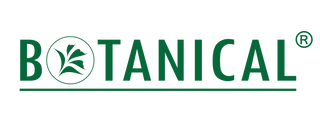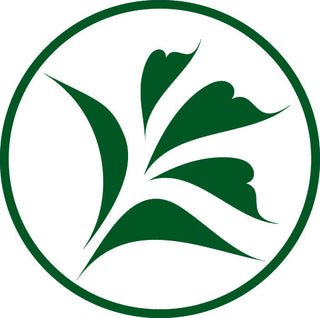Vitamin E has made a name for itself in hair care as a powerful antioxidant that supports both scalp and hair health. Found naturally in foods like nuts, seeds, spinach, and avocados, vitamin E plays a crucial role not only in skin health but also in maintaining strong, beautiful hair. Its unique properties make it a go-to ingredient for anyone seeking healthier locks.
How Vitamin E Benefits Hair
- Improves Scalp Circulation: Vitamin E increases blood flow to the scalp, helping deliver vital nutrients to hair follicles for better growth. Source
- Reduces Oxidative Stress: It protects hair from environmental aggressors like pollution, UV rays, and heat styling, reducing everyday damage and keeping hair vibrant. Source
- Helps Prevent Hair Loss: By fighting free radicals, vitamin E may reduce hair thinning and even support hair regrowth in some cases. Study Example
- Locks in Moisture: Vitamin E acts as a natural emollient, keeping hair smooth, hydrated, shiny, and soft. More Details
- Soothes and Nourishes the Scalp: It calms irritation, fights dandruff, and creates a healthier foundation for hair. Medical Review
The Science Behind Topical Vitamin E
Vitamin E is a fat-soluble antioxidant, best known for neutralizing oxidative damage. When applied topically, it penetrates the upper (epidermis) and deeper (dermis) layers of the skin. Sebum—the skin's natural oil—helps deliver vitamin E to the outer layer, where it accumulates in cell membranes and the lipid matrix, strengthening the skin’s antioxidant defenses. Journal Article
However, vitamin E is sensitive to UV light and can degrade quickly when exposed. Combining vitamin E with vitamin C enhances photo-protection and overall effectiveness; together, they provide better defense against sun damage and oxidative stress than either on its own. Research
Best Forms and Application Tips
For optimal results, choose pure, natural vitamin E in the non-esterified form, specifically d-alpha-tocopherol at 2–5% concentration. Avoid acetate forms unless they're properly formulated, as they may not convert efficiently to the bioavailable form. Research Remember, the body can only absorb a certain amount, and many natural oils like wheat germ, sunflower, and safflower oil are already rich sources. More Information
How to Use Vitamin E for Hair
- Eat More Vitamin E-Rich Foods: Include foods like nuts, seeds, spinach, and avocados in your diet. Dietary Sources
- Try Supplements: Consider supplementation if needed, but consult your doctor first. Supplementation Guidance
-
Topical Treatments:
- Add a few drops of vitamin E oil to your shampoo or conditioner.
- Use vitamin E oil directly on the scalp or blend into DIY hair masks.
- Opt for commercial hair products formulated with vitamin E.
DIY Scalp and Hair Rejuvenation Treatment
Mix equal parts wheat germ oil and rosehip oil. Apply to dry hair, starting at the ends and working up to your scalp. Gently massage the mixture into your scalp, cover with a shower cap, and leave on for 10–20 minutes. Shampoo and rinse thoroughly for nourished, revitalized hair and scalp.
For those seeking to transform their hair care routine with the power of Vitamin E, look no further than our specially formulated products at Botanical Green Lab. Our best-selling Nourishing Hair & Scalp Oil combines potent, plant-derived Vitamin E with other botanical oils like argan and jojoba to deeply hydrate, repair, and strengthen your hair from root to tip. If you’re struggling with scalp dryness or dullness, try our Vitamin E Infusion Serum, designed to revitalize the scalp and deliver lasting shine and softness without any greasy residue. Every formula is enriched with naturally-sourced Vitamin E, ensuring your hair receives the maximum antioxidant protection and nourishment. Discover these healthy hair essentials and more at botanicalgreenlab.com for your most radiant, resilient hair yet.




